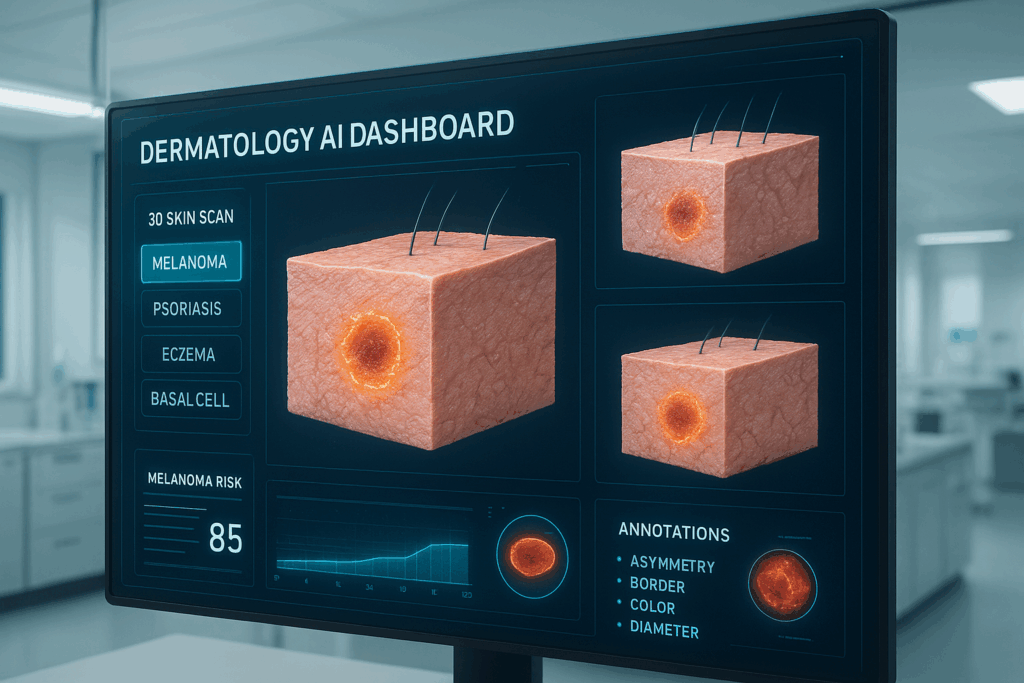Early detection is critical when it comes to skin conditions like melanoma. At Marteck Solutions, we focus on delivering high-precision dermatology image annotation and labeling, empowering AI systems to identify skin conditions at their earliest stages.
Why Early Detection Matters:
Accurate annotations are the foundation of effective AI models. By providing precise labeling of medical images, we help AI systems learn to detect subtle signs of skin abnormalities that might otherwise go unnoticed. Early diagnosis can save lives and reduce patient anxiety, ensuring timely care when it matters most.
Our services support better healthcare outcomes, particularly in regions where access to specialized dermatology expertise may be limited. Each labeled image contributes to smarter, faster detection, helping clinicians make informed decisions quickly and confidently.
How Marteck Solutions Supports Dermatology AI
Marteck Solutions offers tailored annotation and labeling services to accelerate AI-driven skin condition detection:
- High-Precision Image Annotation: We meticulously label dermatology images, highlighting key features and markers for early signs of skin conditions.
- Consistency and Accuracy: Our expert team ensures annotations maintain the highest standards of consistency and clinical relevance.
- Enhanced AI Performance: By providing reliable, expertly labeled images, we help AI systems improve detection rates and reduce false positives.
- Global Accessibility: Supporting AI development for underserved areas ensures advanced diagnostic capabilities reach more patients.
- Collaborative Approach: We work closely with healthcare and AI teams to ensure the labeled data aligns with real-world clinical needs.
At Marteck Solutions, every annotated image is a step toward responsible, life-changing AI in dermatology. By partnering with us, organizations can accelerate the development of AI systems that make early skin condition detection more accurate, accessible, and impactful.
